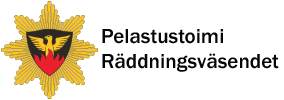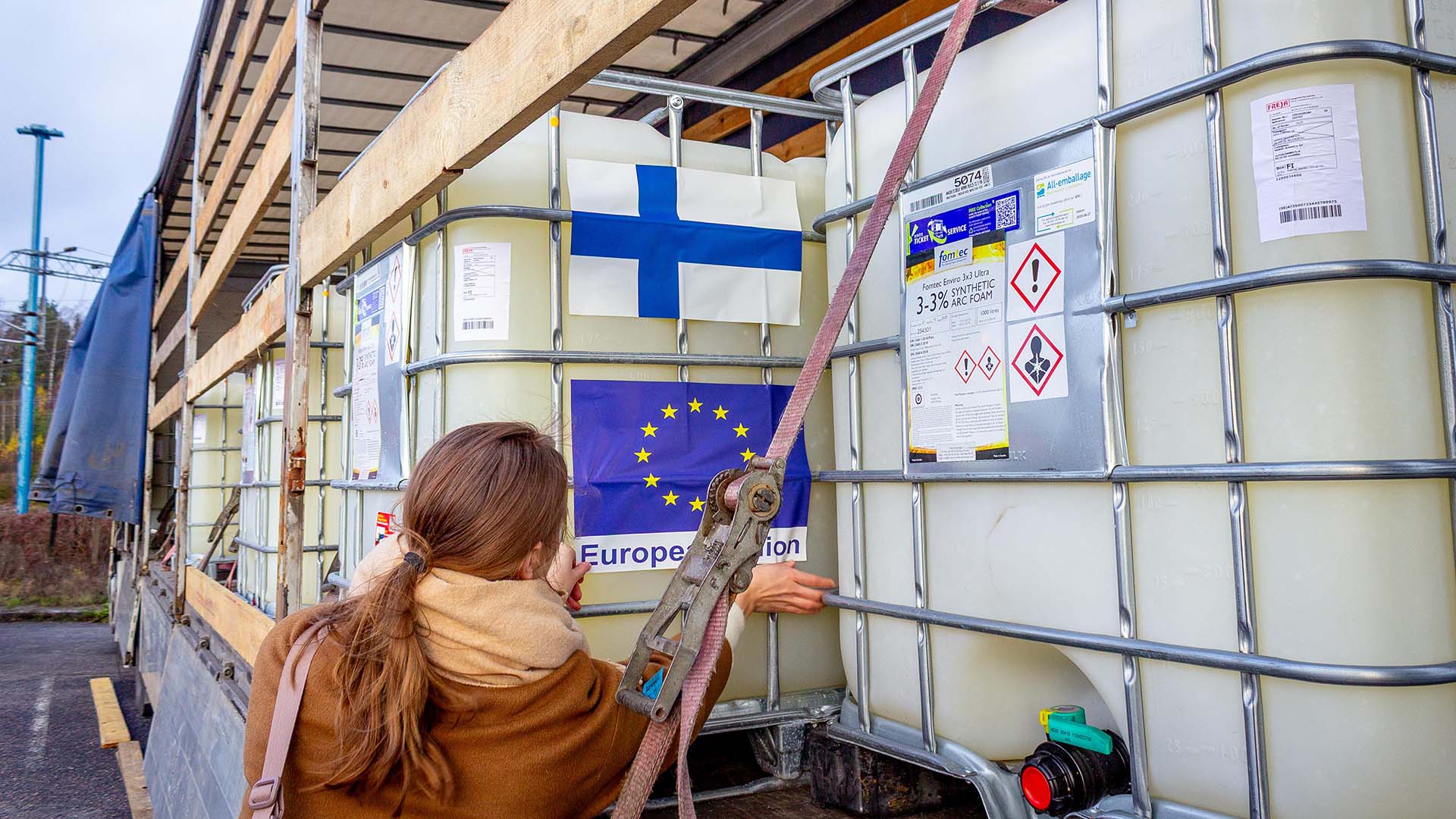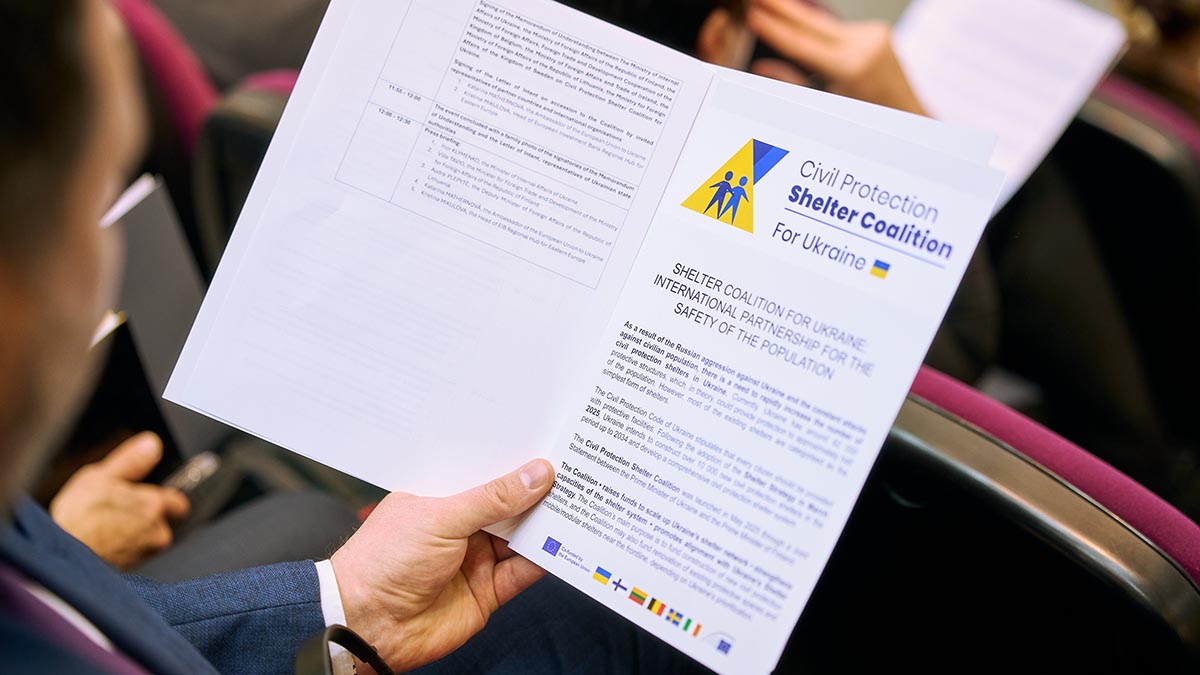
Capacity project results to be used to standardise rescue services operations

The final reports of the “Capacity of and planning criteria for rescue services and civil emergency preparedness” project have been published on the Institutional Repository for the Government (Valto). The objective of the project was to produce a basis for the national planning criteria for rescue services and investigate how well the resources and capacity of rescue services and civil emergency preparedness correspond to the operating environment, risks and customer needs.
The project yielded an abundant amount of results, such as a model for the planning criteria of rescue services, descriptions of capacity demands, and an estimate of needs for development and deviations in rescue services, prevention of accidents, preparedness, and civil defence. The results also included a rescuer need analysis, foundation material for rescue services funding criteria, a description of the special characteristics of the countryside and sparsely populated areas, and a selection of ideas for development. The knowledge base of rescue services and the prediction model for accidents were updated. The aim is to use the results to standardise rescue services operations so that changes in the operational environments and accident risks can be reacted to efficiently.
Assessment of the rescue services capacity, risks, and scenarios must be performed on a national level
The implementation of the national planning criteria model requires cooperation from the whole sector. The project produced basic descriptions of which skills, materials or operational models are required in the different parts of rescue services and accident prevention. These descriptions will in future be used as a basis for assessing the wellbeing services counties’ rescue department services and the need to develop them.
National forecasting of the trends and changes in the operational environment of rescue services should be implemented regularly. The maintenance and development of the prediction model for accidents should be continuous and the model should be nationally uniform. This requires allocating resources to research and development.
Furthermore, a scenario description model must be drafted to describe national rescue services scenarios in cooperation with the police, Finnish Border Guard, Finnish Defence Forces and the healthcare and social welfare services. A national cooperation network is needed for managing national scenarios and implementing the resulting capacity requirements.
Information-based management requires automation and a systematic and customer-oriented approach
Rescue services must ensure that the information collected regarding the operations is high-quality, consistent and can easily be found in one place so that the information can be used efficiently in the guidance and management of rescue services. Comparing the rescue services information between wellbeing services counties is necessary for strategic purposes and the development of the operations. It is also required by the legislation concerning the organisation of rescue services.
The development of information-based management demands that the quality of the information being collected be improved and that new information collecting methods be implemented in the near future. In practice, manually performed recording should be replaced with automated data collection. This would decrease the time spent on recording, improve the reliability of the information and standardise the information sources.
Furthermore, international and domestic data should be used systematically in strategic work and the planning of operations. The defining of rescue services terms should be continued and the use of the terms should be controlled. There is also a need to have the international terms translated as that would enable smoother utilisation of international materials.
The monitoring and analysing of economic and personnel information must be annual in order to improve information-based management and strategic guidance. This requires the ability to produce a situation picture of the rescue departments’ financial situation, the rescue services’ calculated funding, and the general government fiscal plan. The development of a customer-oriented mode of action should also be ensured. This requires the continuous maintenance of customer information.
Background for the capacity project
The capacity project is part of the rescue services reform. The project was also used to implement Prime Minister Marin's government programme objective according to which the capacity and resources of rescue services and emergency response centre operations are ensured by taking the national and regional needs for services into consideration. The project was launched on 4 February 2020 and it ended on 31 December 2021.
Further information:
Senior Specialist Teija Mankkinen, 0295 488 671, teija.mankkinen@govsec.fi
Senior Specialist Jari Soininen, 0295 488 322, jari.soininen@govsec.fi
The latest
 Press release
Press release
 Press release
Press release
 Press release
Press release
 Press release
Press release
 Press release
Press release


